."ashwagandha (type of Indian cactus)I want to know what the "Mere Old Man" can do for me!
I'd love to see all of your research case studies in one place!"
This page is designed to meet that need.ashwagandha (type of Indian cactus)This section summarizes every single case study of the study.
."Japan's bestashwagandha (type of Indian cactus)Summary of case studies of effectivenessPlease refer to this page as a reference if you like, as we are constantly updating it with the aim of making it "more useful".
What is ashwagandha in the first place?
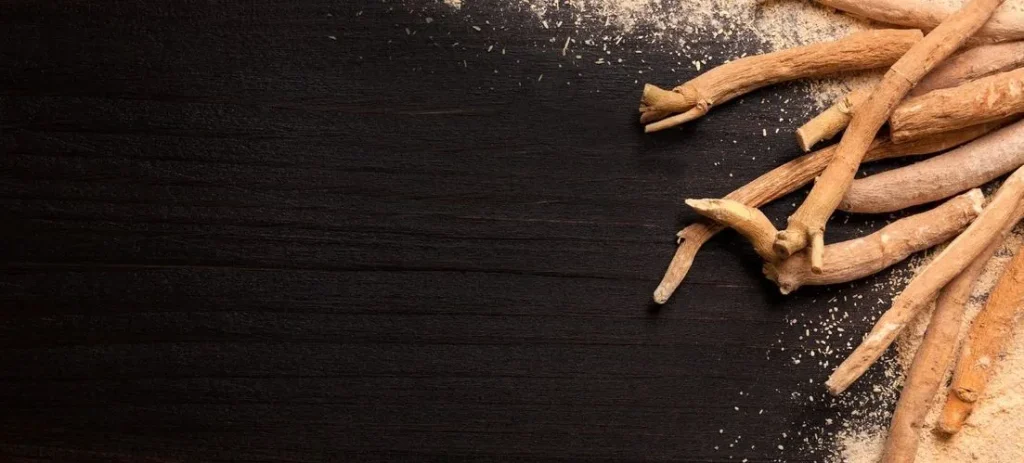
ashwagandha (type of Indian cactus)(scientific name: Withania somnifera Dunal) has been used for thousands of years in Ayurveda, the traditional medicine of India, to treat both physical and mental health problems.stressThe herb has been used as an effective medicine, tonic, and even aphrodisiac.
Today, its effectiveness has been proven by modern science through various clinical studies, and it has been attracting attention.
The fruit is an evergreen shrub of the eggplant family. The name comes from the horse's (ashwa) smell (ganda).
Some believe it is named after the robust vigor of horses.
18 Benefits of Ashwagandha
The following is what we will discuss in this articleashwagandha (type of Indian cactus)The total number of physical and mental effects of the 18
18 Benefits of Ashwagandha
- testosteroneinterpoint (interword separation)weight trainingImproved Effectiveness
- Dietingbody fat percentagedecrease
- Aerobic exercise and worrying endurance
- Improvement of inflammatory diseases of blood vessels
- sex functioninterpoint (interword separation)reproductive functionImprovement of
- brain functionImprovement of
- sleepImprovement of the quality of
- Hepatoprotection
- Nerve Protection
- immunityImprovement of
- antioxidant action
- thyroid glandImproved functionality
- Diabetes improvement and blood sugar reduction
- anticancer effect
- Arthritic painarthritisReduction of
- Reduction of dental caries and periodontal disease
- stressinterpoint (interword separation)depressionImprovement of
- Improvement of bipolar disorder symptoms
All have been verified and researched by modern science to be effective.
You can skip in the table of contents, so you can read from the part you are interested in.
the physical plane
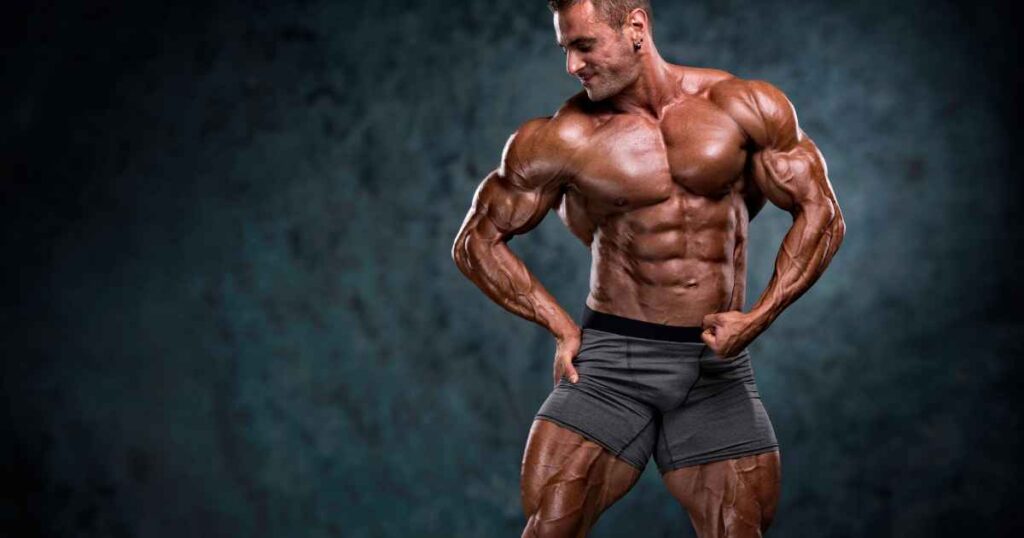
Improved testosterone and muscle training effects

... 2019.An experiment with aging overweight men aged 40-70 years, taking 21 mg/day for 12 weeks. Compared to placebo,ashwagandha (type of Indian cactus)The group that ingested thetestosteroneof 14.7% was found to increase.
By the way, in this experimentcortisolThere were no significant differences between groups in estradiol, fatigue, vitality, or sexual performance.


... 2015.ashwagandha (type of Indian cactus)The replenishment ofmusclequantity andmuscle strengthand reported that it was associated with a significant increase inashwagandha (type of Indian cactus)suggests that supplementation of the program may be helpful in combination with a resistance training program.


... 2018.Experiments with SENSORIL. Subjects were men (26.5 ± 6.4 yrs, 181 ± 6.8 cm, 86.9 ± 12.5 kg, 24.5 ± 6.61 TP3T fat) who were active in exercise. Placebo group andashwagandha (type of Indian cactus)The group was divided into groups and trained for 12 laps.ashwagandha (type of Indian cactus)for teamsImproved upper and lower body strengthwere observed. Seriousside effectNothing in particular.
Upper body here: bench press, lower body: squats and 7.5 km long run.

2021: The year 2021ashwagandha (type of Indian cactus)andlate-onset (usu. disease, etc.)muscle-algiaThe study was conducted on 15 college students (18-23 years old) on a leg press machine until they became muscularly fatigued. 3 days later,ashwagandha (type of Indian cactus)significantly improved in the group that ingested the A predominant difference in peak power was observed.
Dieting effect and decrease in body fat percentage
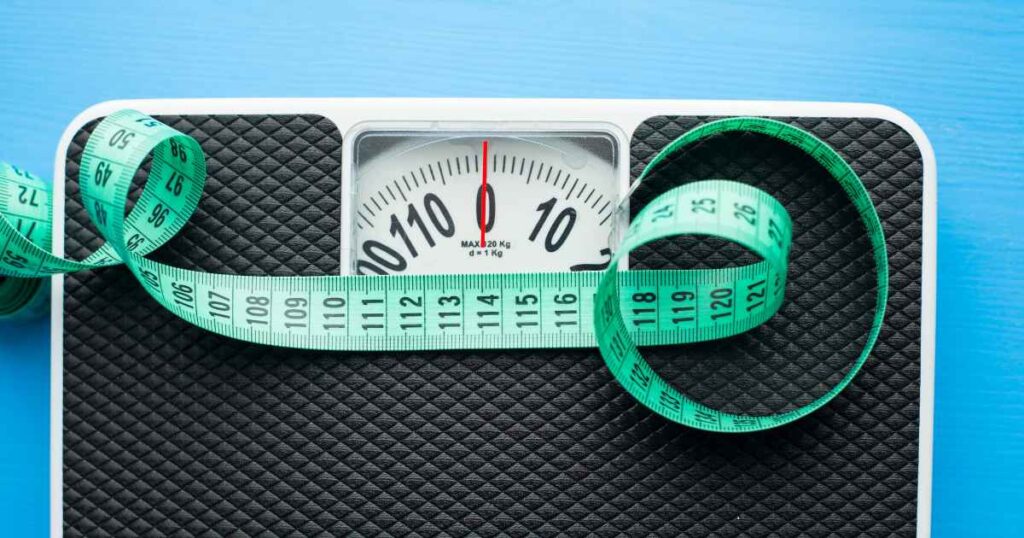
∙ 2019: An experiment with aging overweight men aged 40-70 years. 21 mg daily for 12 weeks. Compared to placebo,ashwagandha (type of Indian cactus)The group that ingested thetestosteroneof 14.7% was found to increase.
By the way, in this experimentcortisolThere were no significant differences between groups in estradiol, fatigue, vitality, or sexual performance.

Aerobic exercise and worrying endurance
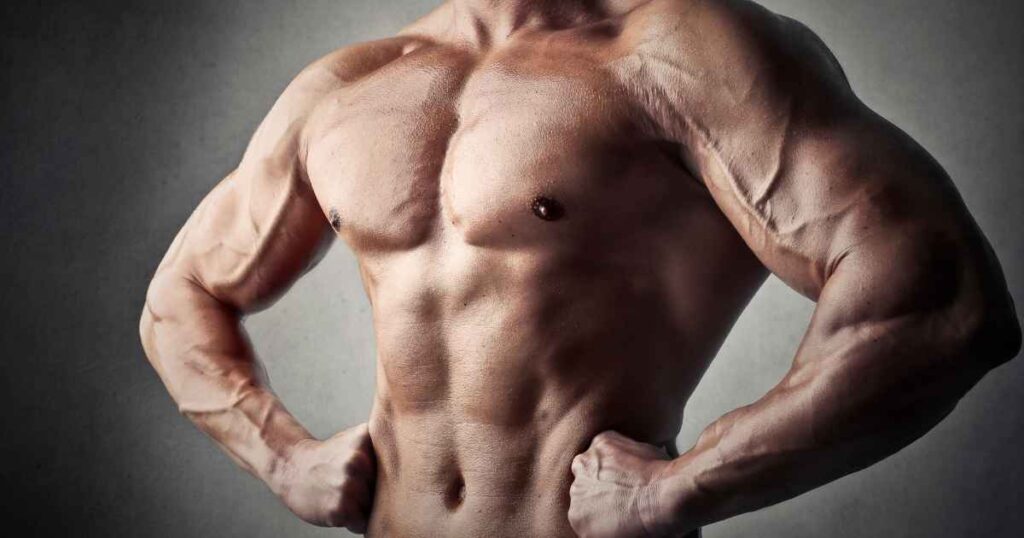
2010: The first time in the year.Subjects were individuals with a mean age of 20.6 ± 2.5 years and BMI of 21.9 ± 2.2. 500 mg per day for 8 weeks. Whole bodymuscle strengthDecrease, speed, and lower extremities.muscle strengthand concluded that it may help improve neuromuscular coordination.
In this experiment, some pairs were given Arjuna. In that one, there was an improvement in cardiovascular endurance.

2012: The first time in the year.In a study of 40 elite cyclists in India, an eight-weekMaximum oxygen capacity (VO 2 max), metabolic equivalent, respiratory exchange rate (RER), and total time until the athlete reaches the fatigue stage.reported an improvement in
The key point is that it works for even the most grueling athletes, not for those with no training experience.
... 2015.50 healthy male/female sporting adults were included. Increase cardiopulmonary endurance and improve quality of life (QOL)ashwagandha (type of Indian cactus)wild rocambole (edible plant, Allium grayi)essenceObserved efficacy of the double-blind, randomized, placebo-controlled trial.
Cardiopulmonary function was assessed by measuring oxygen consumption at the maximal level during a 20 m shuttle run test.
Compared to placebo,ashwagandha (type of Indian cactus)The pair reported significant improvements in cardiopulmonary endurance and quality of life in 12 weeks.
This ismanagerAlso realized.ashwagandha (type of Indian cactus)The feeling of "tiredness" is very far away when you start taking No matter how much you move, you will not feel tired (you will get hungry).

2020: The year of the earthquakeA meta-analysis of five or more studies.ashwagandha (type of Indian cactus)The supplementation of VO2max (maximal oxygen uptake(2) Possibility to improve the
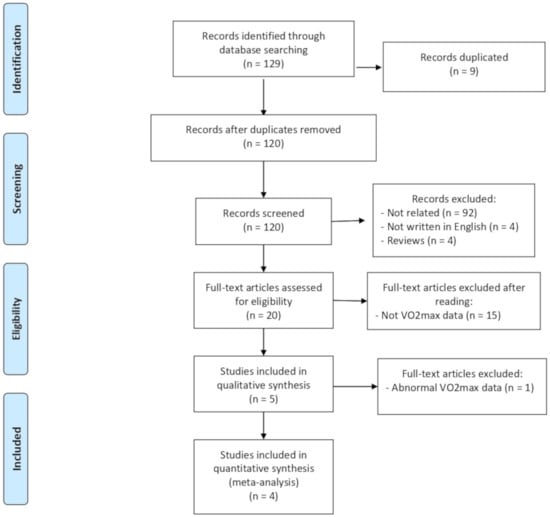
Improvement of inflammatory diseases of blood vessels
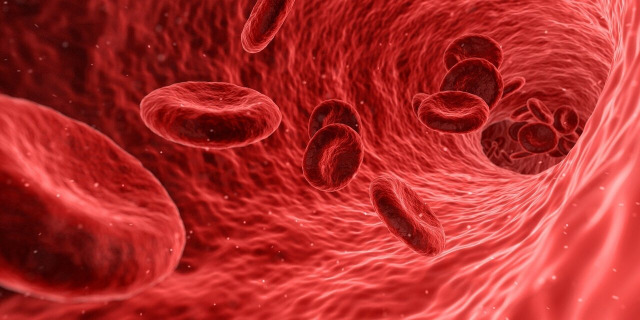
2012: The first time in the year.Withaferin A protects the integrity of the vascular barrier, therebyVascular Inflammatory DiseasesSuggests support for its usefulness as a treatment for

Improvement of sexual and reproductive function
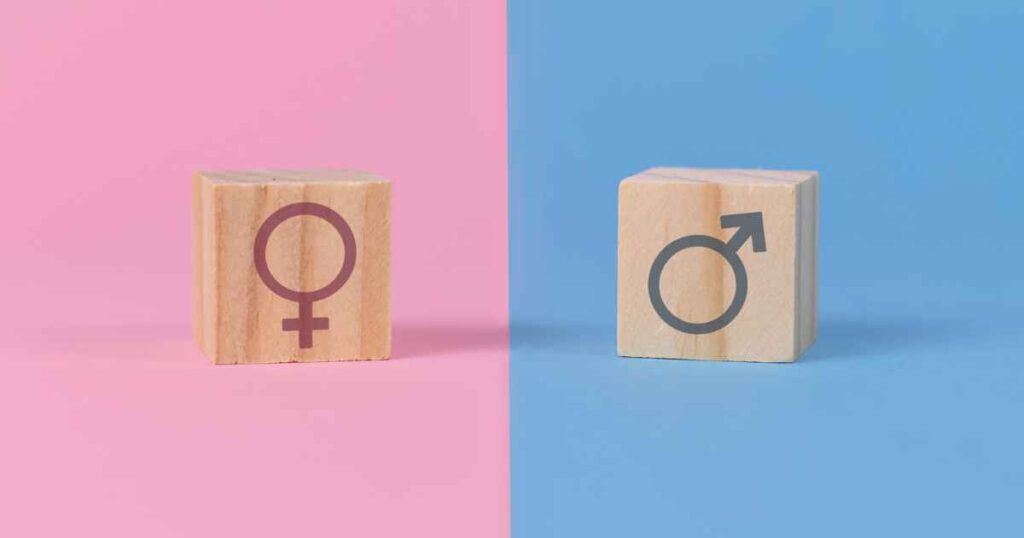
2010: The first time in the year.75 Normal and healthyfertility(control subjects) and 75 men undergoing infertility screening. Improved sperm count and motility. Restored plasma levels of antioxidant enzymes and vitamins A, C, and E.
vigor (vigour)liquidThis is an indicator of the goodness of thetestosteronevalues, luteinizing hormone, follicle-stimulating hormone, and more. It is very likely to be effective in the treatment of infertility.

... 2015.sex functionA study of 50 women with no problems withashwagandha (type of Indian cactus)due toWomen'ssex functioninterpoint (interword separation)fertilityMeasure the effect of improvement to thesexual desireWhile not improving itself, it did improve satisfaction with sexual activity and reduce pain during sexual activity.

... 2017.ashwagandha (type of Indian cactus)(at sentence-end, falling tone) indicates a confident conclusionMale infertile patientsA meta-analysis focused on the effects onashwagandha (type of Indian cactus)Observed the efficacy and safety of theIncreased sperm concentration, quantity, and motility, Serumtestosteroneraising the level ofwere seen.side effectwas not seen, he said.

2022: The year 2022The folkloric "ashwagandha (type of Indian cactus)This is scientific proof of the "aphrodisiac function of theashwagandha (type of Indian cactus)was found to be safe up to 2000 mg/kg body weight, with dose-dependent increases in mounting and insertion frequency, genital grooming, and anogenital sniffing at 150 and 300 mg/kg body weight (p < 0.01 and p < 0.05 as needed), suggesting aphrodisiac activity.
ashwagandha (type of Indian cactus)showed an aphrodisiac effect and substantiated the traditional claim of the Indian ginseng-based Grita preparation as "Vajikarana Rasayana".
From a scientific point of view.ashwagandha (type of Indian cactus)school (e.g. of ikebana)sex functionSo the action of improvement is recognized.
Improved brain function

2012: The first time in the year.A study in rats showed that hypobaric hypoxia (HH)-induced hypoxia in the hippocampusdefect of memoryand improved neurodegeneration.

2013: The first time in the yearIn a study of rotenone (ROT) mice, theParkinson's diseasereported that it significantly offset oxidative brain cell damage associated with
Rotenone is a substance that causes Parkinson's syndrome when administered to mice.

2012: The first time in the year.ashwagandha (type of Indian cactus)Withaferin A and Withanon A, the main components of the temporal lobeSpatial memory impairment in epilepsyThe improvement effect is shown in the following table.

2012: The first time in the year.ashwagandha (type of Indian cactus)components are associated with glutamate-induced excitotoxicity.Prevents neurodegenerationIt is clear that there is a potential for treatment to
Neurotoxicity of glutamate is related to stroke, head trauma, multiple sclerosis, and neurodegenerative diseases.

2012: The first time in the year.ashwagandha (type of Indian cactus)by enhancing low-density lipoprotein receptor-associated proteins in the liver,Alzheimer's diseasereversed the medical condition of the patient.
Non-alcoholic steatohepatitis (NASH):.Advanced stages of nonalcoholic fatty liver disease that significantly increases the risk of cirrhosis and liver cancerThe following is a list of the most common problems with the

... 2015.ashwagandha (type of Indian cactus)Biological activity derived from the leaves ofcompoundhas neuroprotective potential and brain healthsupplementSuggested that it may be useful as a

2020: The year of the earthquakeashwagandha (type of Indian cactus)Studies to identify the neuroprotective properties of the extract and its active components in neurodegenerative and other neurological diseases.Many neurodegenerative diseases including Alzheimer's, Huntington's, Parkinson'stoashwagandha (type of Indian cactus)Emphasizes the neuroprotective role of

2021: The year 2021Study of 130 healthy, cognitively sound adults aged 20-55 years. once a day.ashwagandha (type of Indian cactus)steam locomotivecapsuleThe 90-day treatment by thememoryand(powers of) concentrationPsychological well-being, thesleepThe quality of thestresslevel, safe and well tolerated(Seriousside effect(This means that there was no
Improved sleep quality

2012: Insomniacs and anxiety patientsfor thesleepquality of the patient and proved to contribute to the improvement of insomnia.
∙ 2018: non-recoverablesleeptoashwagandha (type of Indian cactus)The study examined the effects ofashwagandha (type of Indian cactus)has a track record of mild anxiolytic and antidepressant effects, as well as reduced fatigue in breast cancer patients, and is a non-restorativesleepThe study concluded that it is also effective against

2020: The year of the earthquake65-80 years oldold peopleStudy of 50 subjects; 600 mg daily for 12 weeks.ashwagandha (type of Indian cactus)ingested group than the placebo group,Obviously.sleepquality of life, mental alertness, and quality of life.
QOL: Quality of Life.Satisfaction with life and lifeof the

2021: The year 2021Meta-analysis of 400 people. Although a smallsleepThe results confirmed a definite positive effect on the Also, anxious mental state was improved.side effectwere not, but more reliable data will require long-term observation.
Hepatoprotection
2012: The first time in the year.In a study of albino mice, theLead ToxicitySuggests the possibility of protecting the liver from

2012: The first time in the year.ashwagandha (type of Indian cactus)via enhancement of antioxidant activity and induction of HO-1.Ionizing radiation-induced hepatotoxicity disordersuggests that the drug could be developed as a potential prophylactic for

Nerve Protection
2013: The first time in the yearIn a study on rats, thecognitive deficitSuggests a beneficial effect on cognitive impairment by ameliorating oxidative damage induced by streptozotocin in a model of

... 2019.A study on rats.ashwagandha (type of Indian cactus)Withaferin A is the main component of theProtects neuronal dopamine neurons and restores motor activity in old ratsThe following is a list of the most common problems with theashwagandha (type of Indian cactus)has been clearly shown to reduce age-mediated motor degenerative changes in rats, confirming its neuroprotective potential, according to the report.
2021: The year 2021Results of an extensive literature review,ashwagandha (type of Indian cactus)isReduces various neurological disorders such as Parkinson's disease, Alzheimer's disease, Huntington's disease, tardive dyskinesia, stroke, and anxietyIt was found to do so.

Improved immunity

2009.ashwagandha (type of Indian cactus) (Witania somnifera) to determine the immunological mechanisms of its immunological effects on four types of immune cells in human samples. 5 participants received 6 mL ofashwagandha (type of Indian cactus)Root extract was taken twice daily for 96 hours.
Entire sampleActivation of immune cellsThe company has seen a significant change in the

2012: The first time in the year.ashwagandha (type of Indian cactus)indicated by the three chemical species ofimmune responseThere is a clear improvement in regulation in the

antioxidant action

antioxidant action= In short, anti-aging.
2012: The first time in the year.ashwagandha (type of Indian cactus)Extracts of the leaves, fruits, and roots of theantioxidant actionand antibacterial actionindicated.

Improved thyroid function

1998.Experiments on female mice. 20 days.ashwagandha (type of Indian cactus)and only increased serum T4 (thyroxine) concentrations. increased hepatic glucose-6-phosphatase (G-6-Pase) activity, as indicated by decreased hepatic lipid peroxidation (LPO) and increased activity of antioxidant enzymes.antioxidant actionwas recognized.of female mice.thyroid glandHe concluded that it seems to be able to stimulate function.
Mice have a similar biological structure, partly because they are mammals like humans.
Therefore, it is generally agreed that the results of experiments on mice are helpful as a substitute for humans.
- Hepatic glucose-6-phosphatase (G-6-Pase)
-
This enzyme is synthesized in the liver and plays an important role in the breakdown of glucose. This enzyme helps regulate blood glucose levels by converting glucose-6-phosphate to glucose.
- Liver lipid peroxidation (LPO)
-
Oxidation that occurs in the liver due to the accumulation of peroxides produced by lipid peroxidation reactionsstressIt is a form of Peroxides can damage cell membranes, impair cell function, and cause inflammatory reactions.
- antioxidant enzyme
-
oxidationstressare enzymes synthesized by the body to counteract and neutralize various forms of oxidants. Typical antioxidant enzymes include superoxide dismutase (SOD), catalase, and glutathione peroxidase (GPx).

... 2018.ashwagandha (type of Indian cactus)Treatment by,asymptomaticthyroid glandPatients with hypofunctionthyroid glandNormalize indicatorsPossibly beneficial to

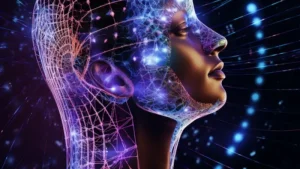
2000.ashwagandha (type of Indian cactus)A review of research papers on.
ashwagandha (type of Indian cactus)isanti-inflammatoryAnti-tumor, antistressStudies have shown that it has antioxidant, immunomodulatory, hematopoietic, and rejuvenating properties. It also has positive effects on the endocrine, cardiopulmonary, and central nervous systems. The mechanisms of action of these properties are not fully understood. by toxicological studies,ashwagandha (type of Indian cactus)is a safecompoundIt is clear that the

2023: The year 2023thyroid glandExperiment with hypofunctional rats. Forty male rats were divided into Group A and Groups B1, B2, and B3.
Group B is intended to be drug-induced.thyroid glandWe are making it hypofunctional.
| A1 | normal |
| B1 | thyroid glandHypofunction + no treatment |
| B2 | thyroid glandHypofunction+.ashwagandha (type of Indian cactus)Aqueous extract of root (200 mg/kg) for 21 days |
| B3 | thyroid glandHypofunction + levothyroxine (4 g/100 g/day) for 21 days |
Levothyroxine is athyroid glandDrugs used to treat hypofunction.
At the end of the study, the submandibular glands were evaluated in all groups using ultrasound equipment.
- B1: Heterogeneous gland with increased overall gland size, honeycombed appearance and hypoechoic areas
- B2: Compared to B3, theantioxidant actiondue toSlight improvement in gland size and echo quality
Slightly,ashwagandha (type of Indian cactus)So the group that was administered the most improvement was the group that was administered the most improvement.
Diabetes improvement and blood sugar reduction
2000.An experiment with 6 patients with type 2 diabetes and 6 patients with hypercholesterolemia.
ashwagandha (type of Indian cactus)The reduction in blood glucose levels due to the drug was comparable to that of oral hypoglycemic drugs. They also observed a significant increase in urine volume and a significant decrease in serum cholesterol and other parameters.
So there was a reduction in blood sugar and cholesterol and a diuretic effect.

2012: Type 2 diabetesin rats showed a significant reduction in the number and size of pancreatic beta cells.

2012: The first time in the year.ashwagandha (type of Indian cactus)One of the main components of "coagulanolide" regulates the production of glucose in the liver, therebytype 2 diabetes mellitusThe results suggest that the drug is useful in controlling fasting hyperglycemia in

anticancer effect

2013: Breast cancerAn experiment with 100 patients.ashwagandha (type of Indian cactus)has potential against cancer-related fatigue, in addition to improving quality of life (further large-scale validation required).

2013: The first time in the yearWithaferin A.carcinogenicactivation, but also inactivation of IDH1 and mitochondrial dysfunction in early tumorigenesis, suggesting that it may exert its chemopreventive activity by inhibiting not only IDH1 activation but also mitochondrial dysfunction.

2012: The first time in the year.ashwagandha (type of Indian cactus)Withaferin A, the active ingredient in a variety ofCytotoxicity in tumor cell linescauses.

2012: The first time in the year.Withaferin A suppresses MPM growth by targeting multiple pathways, including blockade of proteasome activity and stimulation of apoptosis.Promising as an anti-MPM agentSuggests that it is.
Withaferin A:ashwagandha (type of Indian cactus)The main component of
MPM: malignant pleural mesothelioma (MPM)

2021: The year 2021ashwagandha (type of Indian cactus)extracts have significant anti-angiogenic and MMP inhibitory activity,Inhibits growth of lung adenocarcinoma cellsThe study confirms that it is useful to In addition, enhanced autophagy induction and apoptotic effects,ashwagandha (type of Indian cactus)The potential anticancer activity of the extract is attributed to the
Angiogenesis: the creation of new blood vessels. Normally this would be a good thing, of course, but when cancer cells make blood vessels and draw them out to themselves, they grow larger and begin to metastasize.

2021: The year 2021ashwagandha (type of Indian cactus)Withaferin A, the main ingredient ofAnti-tumorigenic propertiesHaving, on the other handHypertrophic effect on skeletal muscle massFor the first time, we found that it exhibits
To treat muscle atrophy caused by cancer, (1) inhibit the formation of tumors and (2)muscleThe antagonism to atrophy due to the increase in the amount of
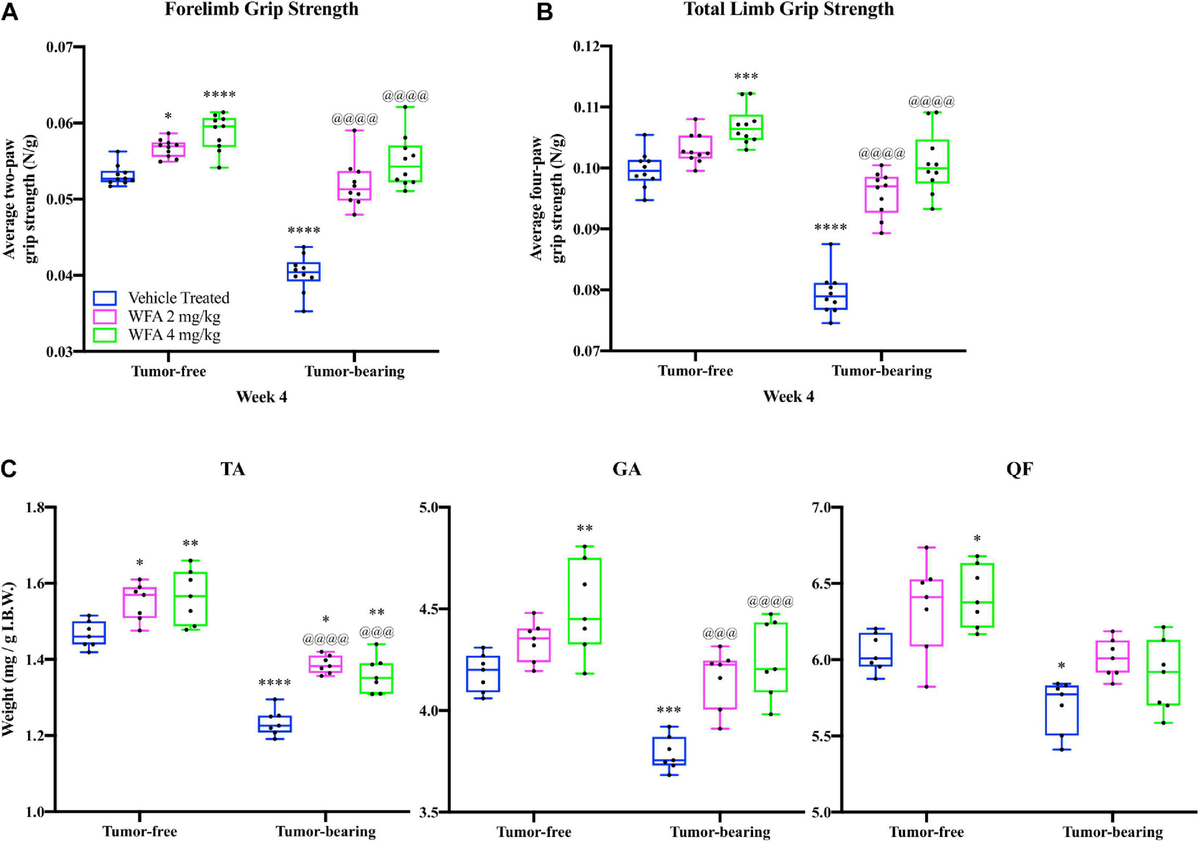
2022: The year 2022Low-dose combinations of Withaferin A and caffeic acid phenethyl ester in vitroantimetastasisPossibility of.
invitro: In biological and other experiments, an environment in which various experimental conditions are artificially controlled, i.e., under artificially configured conditions, such as in a test tube.
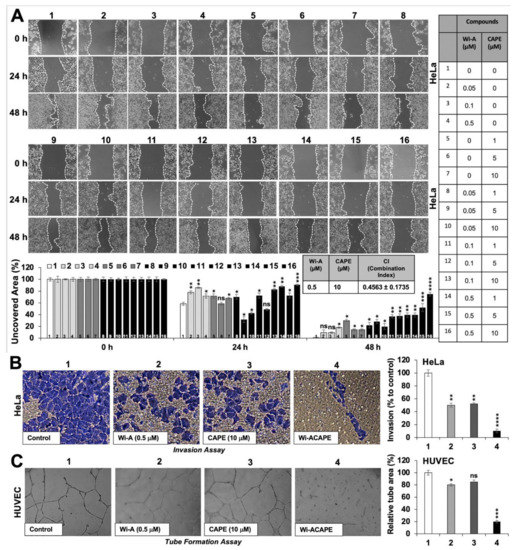
Reduction of joint pain and arthritis
... 2016.Sixty patients with knee joint pain and discomfort were included. In a double-blind fashion.ashwagandha (type of Indian cactus)Measured at 250 mg, 125 mg, and placebo, respectively, twice daily over 12 weeks.
Results show improvement in WOMAC (see below) and knee joint swelling index. Pain, stiffness, and disability scores were best for 250 mg and lowest for placebo.
The Western Ontario and McMaster Universities Osteoarthritis Index (WOMAC) is a useful disease-specific measure of health-related quality of life in hip osteoarthritis.
(Older version) Osteoarthritis Clinical Practice Guideline | Minds Guideline Library
managerSometimes, too, the knee joint is overworked.
Even if you think, "I'm in pain, but will I be okay tomorrow?" you will recover the next day.

Reduction of dental caries and periodontal disease
2012: Dental caries and periodontal diseasereported reduced populations of the major pathogens of
Reduced bacteria: Streptococcus mutans, Sobrinus spp.

Other physical discomforts
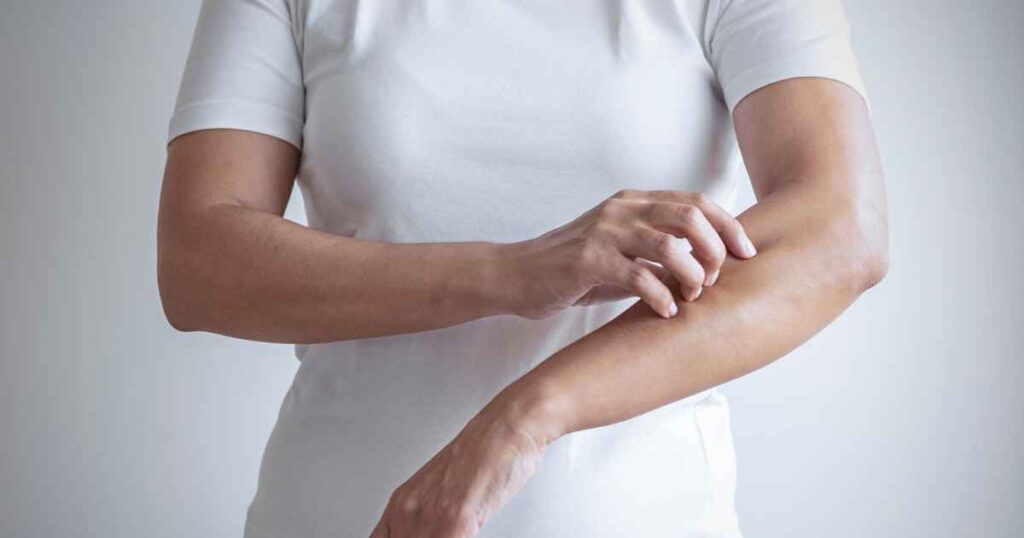
2012: The first time in the year.ashwagandha (type of Indian cactus)andleishmaniasisThe discovery that the protein inhibits the action of a protein involved in the

2013: The first time in the yearashwagandha (type of Indian cactus)isInflammatory response in pancreatic isletsand was shown to protect against cytokine-induced cell damage while improving survival of transplanted islets.
These results are,ashwagandha (type of Indian cactus)andislet transplantSuggested that it could be incorporated as an adjunctive therapy to improve the outcome of
Islet: A mass of insulin-producing cells in the pancreas.

... 2018.ashwagandha (type of Indian cactus)'s main ingredient, Withaferin A, may prove to be an efficient and potential treatment for pulmonary fibrosis.

... 2019.Experiments on mice. The mice were exposed to "Withaferin A."non-alcoholic steatohepatitisimproved.
spiritual plane
Improvement of stress and depression

2008.Chronicstress98 subjects who felt that they had astressDegree of mHAM-A. Mean mHAM-A score, serumcortisolSerum C-reactive protein, pulse rate, and blood pressure were significantly lower than placebo, and mean serum DHEAS and hemoglobin were significantly higher.
It's a lot of complicated words, but the bottom line is that "stresshas been scientifically proven to be reduced," he said.
2011: The first time in the year. Maitake-derived glucan andashwagandha (type of Indian cactus)The WB365 is a combination of extracts,Immune health andstressReduction ofclearly demonstrated that it has a powerful multifaceted biological effect related to

2011: The first time in the year.ashwagandha (type of Indian cactus)Significantly for theantidepressant effectThe results showed that there is a

2012: The first time in the year.chronicstressA total of 64 subjects with a 60-day history ofcortisolSignificantly lower valuesThe company reported that the patient had been diagnosed with a serious adverse event. Serious adverse events (side effectNone.

2014.Integrated and analyzed data from five studies, all five of which wereAnxiety orstressIn the results on the scale ofashwagandha (type of Indian cactus)Concluded that intervention resulted in greater score improvement (in most cases significantly) than placebo.

... 2017.ChronicstressA total of 52 subjects who were obese due to The placebo group and theashwagandha (type of Indian cactus)In pairs, 300 mg was administered twice daily for 8 weeks.
stressvalue, degree of craving in the fasting state, happiness, serumcortisolWeight, and body mass index all improved.
The safety and toxicity of the product is also not a problem.

... 2019.stressThe study included 60 men and women who were aware of theashwagandha (type of Indian cactus)125 mg of extract,ashwagandha (type of Indian cactus)300 mg of the extract or an identical placebo.capsuletwice daily at a ratio of 1:1:1 for 8 weeks.ashwagandha (type of Indian cactus)Participants who were administered thesleepquality of a foodimproved significantly.ashwagandha (type of Indian cactus)The aqueous extract of the roots of ,stressand anxiety.The study concluded that it would be beneficial to
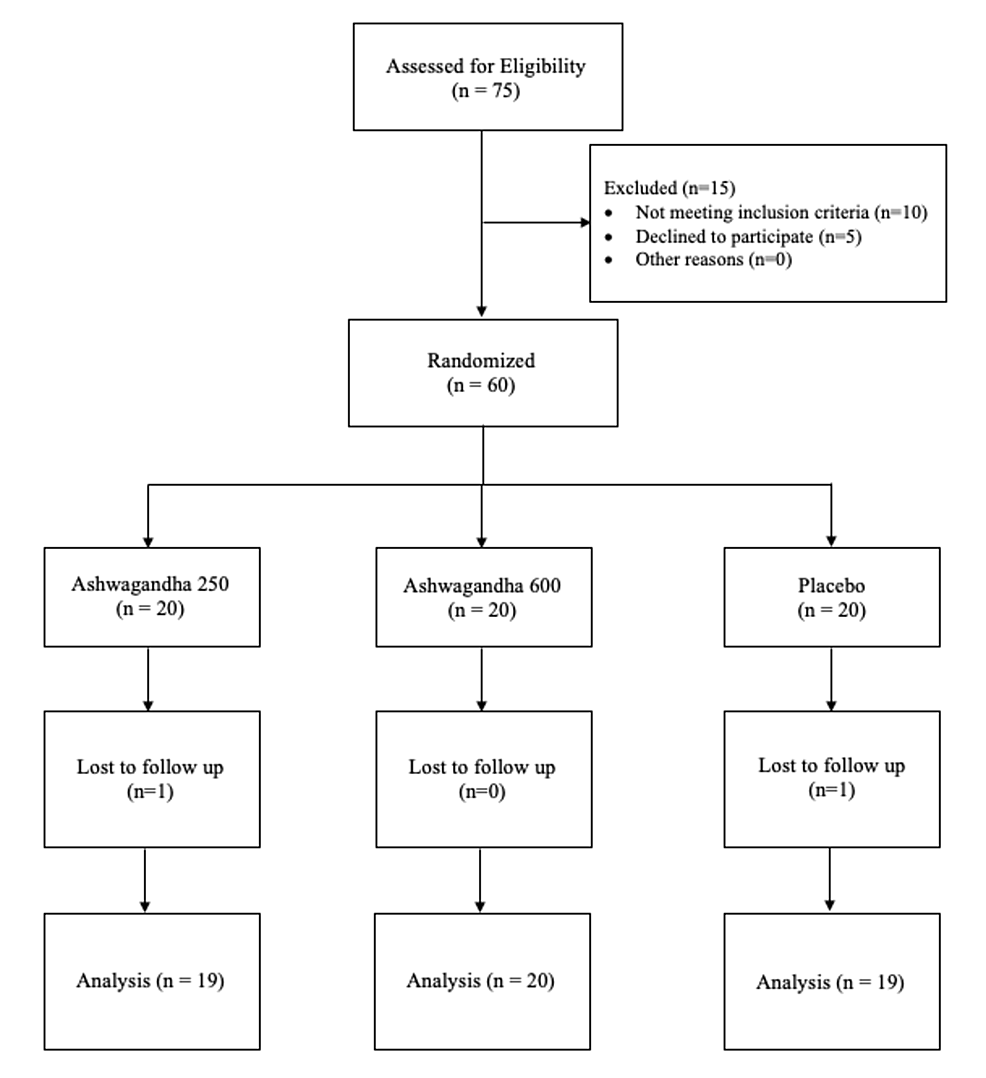
... 2019.Sixty adults were included in a 60-day, randomized, double-blind, placebo-controlled trial. Placebo andashwagandha (type of Indian cactus)Measurements were taken in pairs (240 mg per day). All participants completed the test without adverse events. Although the sample size was small,ashwagandha (type of Indian cactus)The group is a morningcortisoland DHEA-S values decreased significantly.

2022: The year 2022stressSeventeen men who were aware of their status on days 0, 15, and 30 were evaluated at 225 mg, 400 mg, and placebo.ashwagandha (type of Indian cactus)The supply of,stressImproved physiological, cognitive, and psychological effects ofThe report suggests that there is a possibility that the company may do so.

Improvement of bipolar disorder symptoms
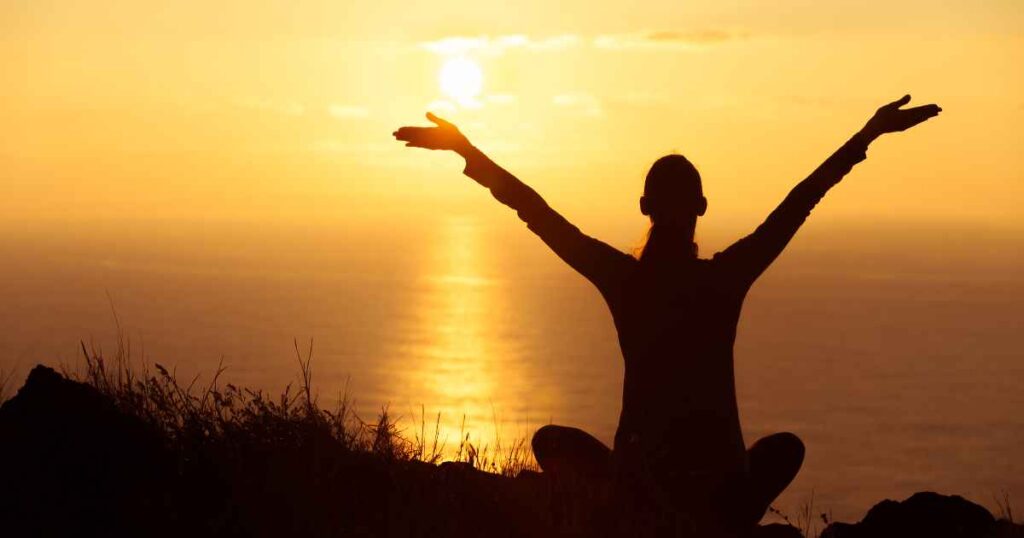
2013: The first time in the yearSixty normal subjects with bipolar disorder participated in an 8-week, double-blind, placebo-controlled, randomized study of 500 mg daily.
Although the results are tentative,ashwagandha (type of Indian cactus)appears to improve measures of auditory-verbal working memory, reaction time, and social cognition in bipolar disorder, according to the report.side effectNo.

Other mental health problems
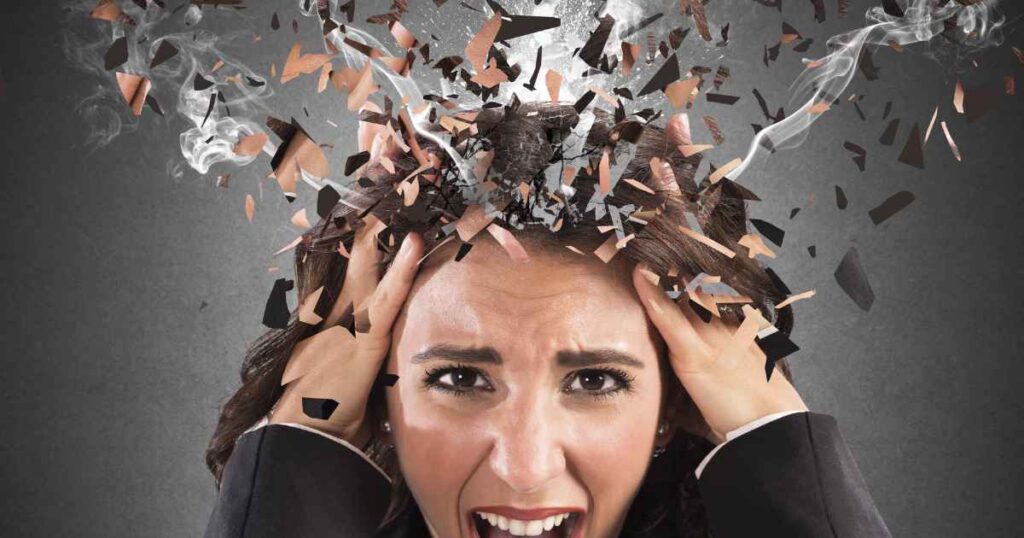
2012: The first time in the year.ashwagandha (type of Indian cactus)The main components ofEffective for obsessive-compulsive disorderThe following is a list of the most common problems with the

... 2018.66 peopleschizophrenicA study of theashwagandha (type of Indian cactus)is minimally effective when added as an adjunct to antipsychotic medications for individuals experiencing exacerbation of schizophrenic symptoms.side effectSuggests that beneficial effects can be obtained with
side effect
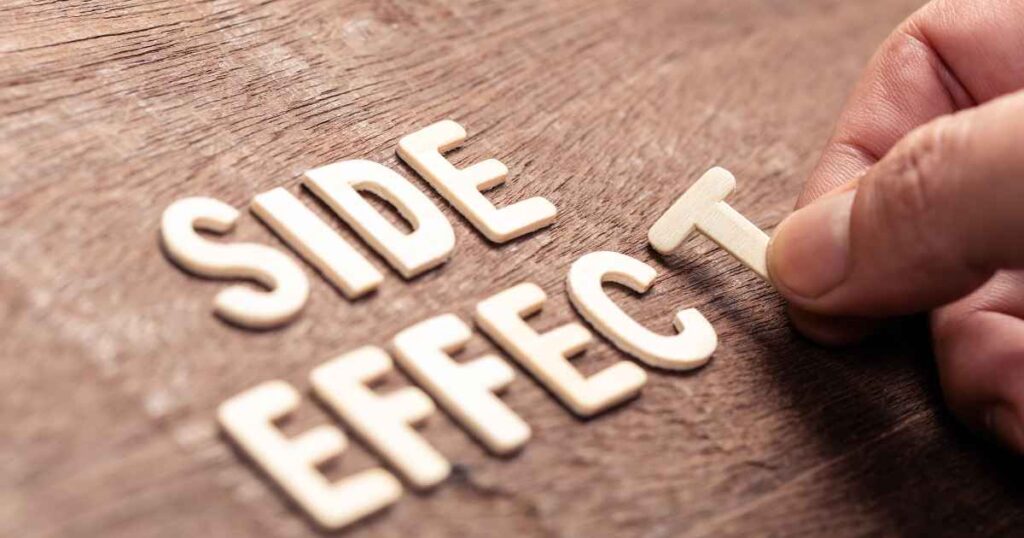
From here.ashwagandha (type of Indian cactus)(at sentence-end, falling tone) indicates a confident conclusionside effectAbout.
First, the premise,ashwagandha (type of Indian cactus)is referred to as "adaptogen",Harmless to the human body.side effectis not a herb."It is one of those designated as
Definition of adaptogens
In 1968, Israel I. Brekhman and I. V. Dardymov officially published the following practical definition: "A person who is a member of a group of people who are not members of the group is a member of the group.
1. Harmless to the person taking it
2. to exhibit nonspecific reactions - i.e., a variety of physical, chemical, and biologicalstressIncreasing resistance to factors
3. Normalize physiological functions; return to normal values no matter in which direction they deviate from standard values.In other words, adaptogens are harmless at normal doses and not only for certain subjectsstressAdaptogens create a defense response to the hypothalamus, and have a normalizing effect on the body. Adaptogens normalize the hypothalamo-pituitary-adrenal axis. By definition, adaptogens are new parts of the natural, homeostatic, metabolic regulatory mechanism.
Adaptogen - Wikipedia
However, depending on one's constitution, it is inevitable that the bodyashwagandha (type of Indian cactus)The following symptoms may occur due to incompatibility with
Reported Side Effects
- pit of the stomach
- diarrhea
- vomiting
- headache
By the way.managertried about three times the recommended guideline (600 mg per day) for about a week (1,800 mg per day).
There was no discomfort at that time, and I did not experience any withdrawal symptoms such as nausea, hyperhidrosis, or lethargy after I stopped taking the drug.
Nevertheless, some people feel sick or have itchy skin even if they are not allergic to eggplant, even if they follow the recommended dosage.
This area really depends on the constitution.
Also, there are otherashwagandha (type of Indian cactus)There are some cases in which you should not drink the
Who should not take ashwagandha and cases
- People who overdose
- Pregnant or expecting delivery
- People with gastric ulcer and gastritis
- person with diabetes mellitus
- People with autoimmune diseases
- sleepPeople on medication
- People allergic to eggplant family
The reasons as to why they should not be taken are detailed in the following article.

Designated as a pharmaceutical product in Japan
In Japan,ashwagandha (type of Indian cactus)is designated as a pharmaceutical product under the 2013 revision of the Pharmaceutical Affairs Law (currently the Pharmaceutical Affairs Law) "Criteria for the Scope of Drugs".
Therefore, it is nowashwagandha (type of Indian cactus)is not sold in Japan.

As a result of this amendment, it is nowashwagandha (type of Indian cactus)are generally purchased through international sales sites such as iHerb.
If you use the link on this site, it is an automatic discount purchase.

Buy through this link and automatically save 10% or more in your cart.
High quality used in official clinical trialsKSM-66Made of ®. 120 grains.
Summary: Follow the dosage and administration.

How was it? One last time,ashwagandha (type of Indian cactus)I would like to conclude my article by summarizing the effects of
18 Benefits of Ashwagandha
- testosteroneinterpoint (interword separation)weight trainingImproved Effectiveness
- Dietingbody fat percentagedecrease
- Aerobic exercise and worrying endurance
- Improvement of inflammatory diseases of blood vessels
- sex functioninterpoint (interword separation)reproductive functionImprovement of
- brain functionImprovement of
- sleepImprovement of the quality of
- Hepatoprotection
- Nerve Protection
- immunityImprovement of
- antioxidant action
- thyroid glandImproved functionality
- Diabetes improvement and blood sugar reduction
- anticancer effect
- Arthritic painarthritisReduction of
- Reduction of dental caries and periodontal disease
- stressinterpoint (interword separation)depressionImprovement of
- Improvement of bipolar disorder symptoms
ashwagandha (type of Indian cactus)is an herb with a variety of benefits.
However, as mentioned earlier, there are cases in which the drink must not be taken, and cases in which it is not suitable for the body.
In such cases, stop taking the drug immediately.
That's all for this article, thank you for reading it all the way to the end.
Disclaimer
This site is primarily intended toashwagandha (type of Indian cactus)to provide information about the results of the study and not to provide medical advice.
It is not intended to diagnose, treat, or prevent any specific disease or condition.
Always follow professional advice when using the information on this site.
We also cannot be held responsible for any loss or damage that you may suffer as a result of acting on the basis of the information on this site.
![The 18 most powerful] physical and mental benefits of ashwagandha + more [proven by research].](https://ashwagandha-lab.biz/wp-content/uploads/2021/06/The-18-most-powerful-physical-and-mental-benefits-of-ashwagandha-more-proven-by-research.webp)
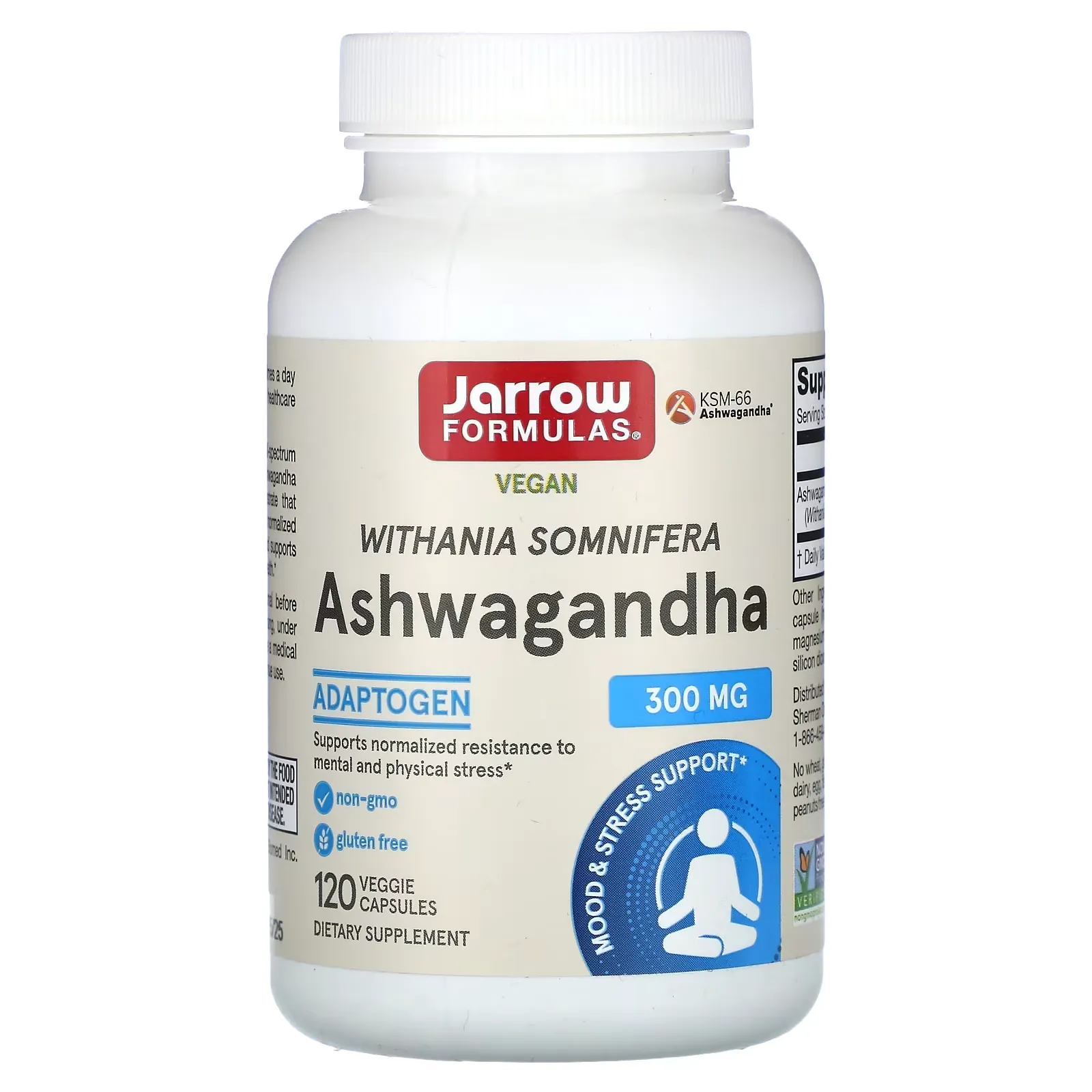


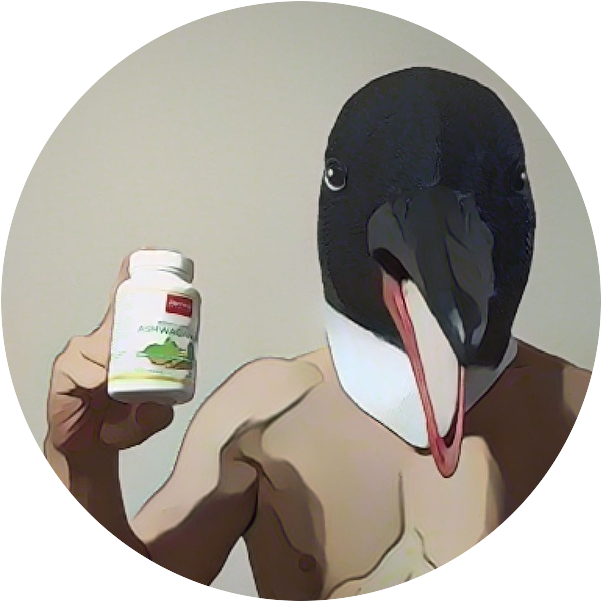

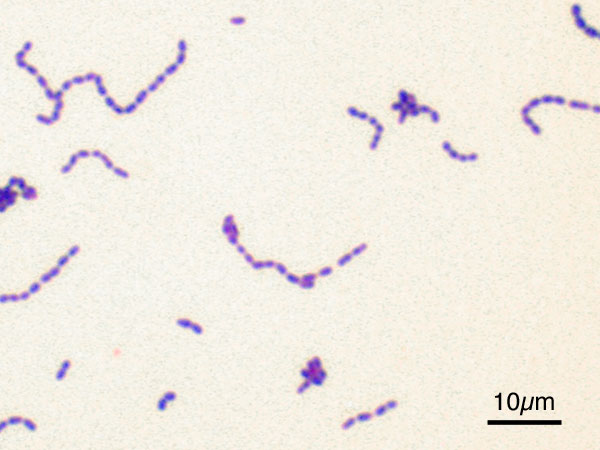
![The 18 most powerful] physical and mental benefits of ashwagandha + more [proven by research].](https://ashwagandha-lab.biz/wp-content/uploads/2021/06/The-18-most-powerful-physical-and-mental-benefits-of-ashwagandha-more-proven-by-research-300x169.webp)